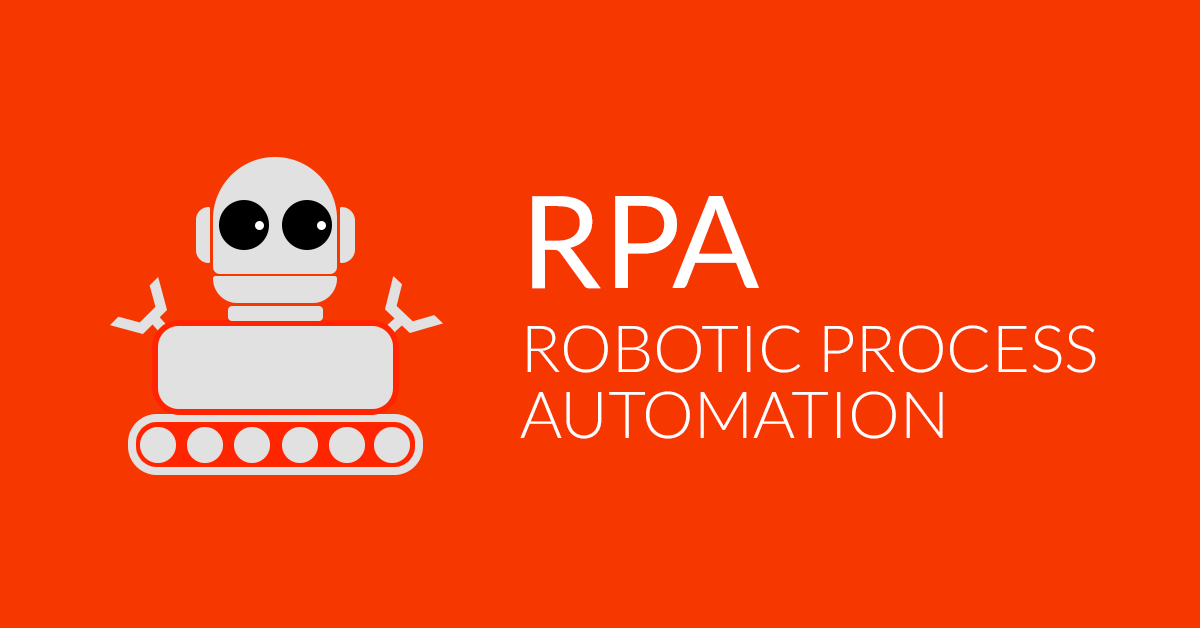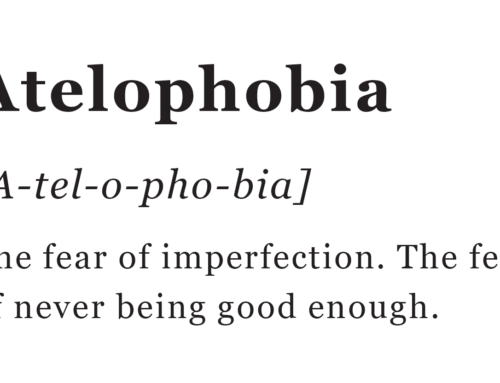Conceptually it sounds simple – let’s take a part of a process that is manual and apply algorithms to automate it. It is about creation of a virtual workforce. Its goal is to reduce operational expenses of a highly manual process by 20-40% within a year of implementation without changing systems. By definition it is disruptive and at the same time transformational.
Here is ProcessArc’s checklist for ensuring RPA readiness and successful implementation:
- RPA initiative is being driven by the business and not the technology team. While there is strong partnership and reliance between the two it is the business side that needs to identify and prioritize processes for RPA
- There is a larger transformation strategy that will leverage RPA as one of its levers. We cannot assume that RPA is the only tool needed to truly transform a company, its client experience and achieve high ROIs. While it can automate large sections of a process, it cannot automate it end to end.
- The goals and targets for RPA application have been defined. Applying RPA as a series of automation to random processes across the business (some process steps in finance, then some more in sales…) bears two risks: one being that you are automating sections of processes that under a larger transformation initiative will be eliminated or significantly changed. The other being you will automate a low value process step and missing synergies if the focus was instead on a department or series of interconnected processes.
- The “Right” processes for RPA application have been selected. The “right” process indicates that it is simple, repeatable, logical, mostly free of exceptions, processes high volume of transactions, it is all manual and therefore has high cost associated with it. The natural tendency of organizations is to pick a painful process which most often is complex. Complex processes need to be re-engineered first and cleaned up prior to automation.
- Process is optimized prior to RPA application. RPA is supposed to be virtual helper – doing the low value, low risk, high volume activities so that the humans can focus on what truly creates value for the company and clients. It is supposed to reduce the white noise in the process. To that end the process will sometimes need to be re-engineered and modified to ensure that it is in its best form prior to automation.
- Use Agile delivery method for RPA. Traditional delivery methods of software are over-engineered for RPA as rarely changes systems and the process is documented in the tool.
- There is a team of trained and well skilled staff to create and implement RPA processes.
RPA initiatives have the potential is support digital transformation initiatives. Looking at it as only a cost reduction strategy is selling its capabilities short – as it can improve client experience, enable growth, and improved regulatory responses.





